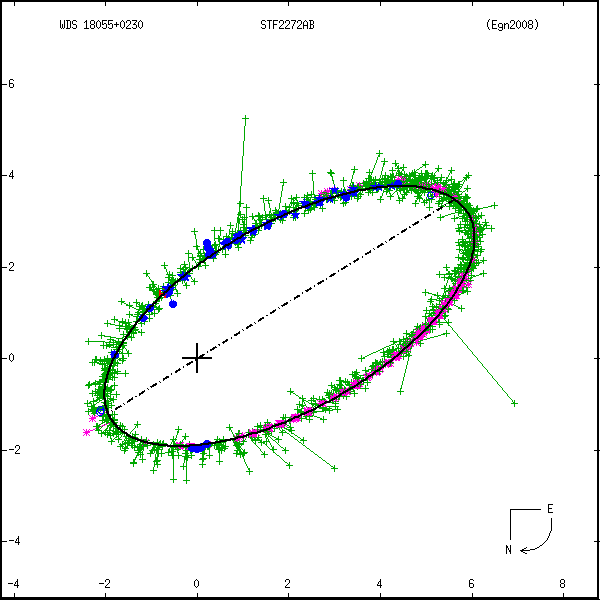IAU Commission G1
The International Astronomical Union, IAU, was founded in 1919, and currently represents over 11,000 astronomers from over 96 countries. It is the internationally recognized authority responsible for the naming of celestial bodies and their surface features, discussions on international large-scale facilities, promotion of educational activities in astronomy, the definition of fundamental astronomical and physical constants, and unambiguous astronomical nomenclature.Commission G1 on Binary and Multiple Star Systems is one of the largest commissions in the International Astronomical Union.
Importance of Binary and Multiple Star Systems
The subject of binary and multiple stars has been part of astronomy since the work of John Michell in 1767. These objects will be important for many future decades because their formation, evolution, detection, and death are relevant to current "hot topics," including exoplanets, X-ray sources, black holes, and galactic evolution.The new Commission called “Binary and Multiple Star Systems" is now part of Division G (Stars and Stellar Physics). These systems are clearly an essential part of stellar physics, since single stars like the Sun are probably in the minority. They also have vital interactions with planetary science, stellar structure and evolution (as calibrators), high energy astrophysics, supernovae galactic chemical evolution, and cosmology. The intent is to include all of the relevant kinds of observations of individual systems and populations, statistical studies, both analytical and numerical calculations, and database maintenance. This is an extension of the science that was previously covered by Commission 26 (Double and Multiple Stars) and Commission 42 (Close Binary Stars).
Scientific Domain
A primary purpose of this Commission is to foster a worldwide communication and collaboration between astronomers working in the field of binary and multiple stars.The main science topics that will be central to the Commission include:
- The full range of observational tools that reveal binary and multiple systems (astrometry, photometry, spectroscopy, structure of cluster HR diagrams, products of space missions including Kepler and Gaia), and the interface of these with concerns of other Divisions and Commissions.
- Kinematics, and ultimately dynamics, of binary and multiple systems.
- Improved codes for stellar atmospheres, structure, and evolution, yielding surface compositions, tracks in the HR diagram, temporal changes in system masses and separations, etc.
- Improvements of existing binary and multiple star system databases, regular production of publications (online and perhaps in print on paper), sharing databases, new codes, exciting discoveries, and opportunities for interaction with other parts of the astronomical community.
- Accurate knowledge of the history of the subject and its continuing impact on astronomy in general.
Specific Goals
The goals of the Commission are to encourage additional research to identify and examine:- Best possible values of fundamental stellar parameters (M, R, L, T) and surface compositions for important calibrator systems; well detached double-lined spectroscopic eclipsing binaries are particularly important here.
- Accurate statistical samples of binary star populations, ranging from pre-main-sequence to main sequence to evolved systems in various astronomical contexts (local field, clusters, galactic center, other galaxies).
- Determination of the degree of co-planarity of multiple systems by deriving orbital parameters in all three dimensions, and making use of orbital parallaxes for resolved double-lined spectroscopic binaries that can be more accurate than trigonometric parallaxes;
- Improved theories of star formation and spatial distribution that can account for the populations we see.
- Improved theories of evolution, with accurate treatment of mass transfer, to account for the evolved populations.
- Implications for the habitability of exoplanets and exomoons around binary and multiple systems, expected numbers of SNe Ia and their inputs to galactic chemical evolution, and for use as standard candles for cosmology.
Service to the Community
We will provide long-term service to the community by maintaining several catalogs in the tradition of Commissions 26 and 42, namely the Spectroscopic Binary Catalog, the Visual Double Star Database, the Information Bulletin on Variable Stars, and the Bibliography of Close Binaries, which are all important resources used by both amateur and professional astronomers. There is currently minimal overlap in the content of these catalogs.The Commission will also provide educational and public outreach services to the international community. Since regular monitoring of eclipsing binaries with small telescopes is a traditional opportunity for students and amateur astronomers, we will play a useful role in the increasingly important EPO activities of the IAU.


